We talk YEC and MoTeC with JD racing engineer Jon Falzon
Jon, after so many years campaigning the YZF-R1 there are probably few people in the world that know the Yamaha and the YEC kit as inside out as you do.
Now with your recent switch to the MoTeC, it is clear you are already getting somewhere. As evidenced by the great results Daniel achieved at Phillip Island, despite his recent lack of time on the bike and his injuries.
However, I would think that compared to how much you were all over the YEC kit, you are perhaps still scratching the surface of the MoTeC set-up? What do you feel are the primary most evident differences between the YEC and MoTeC systems?
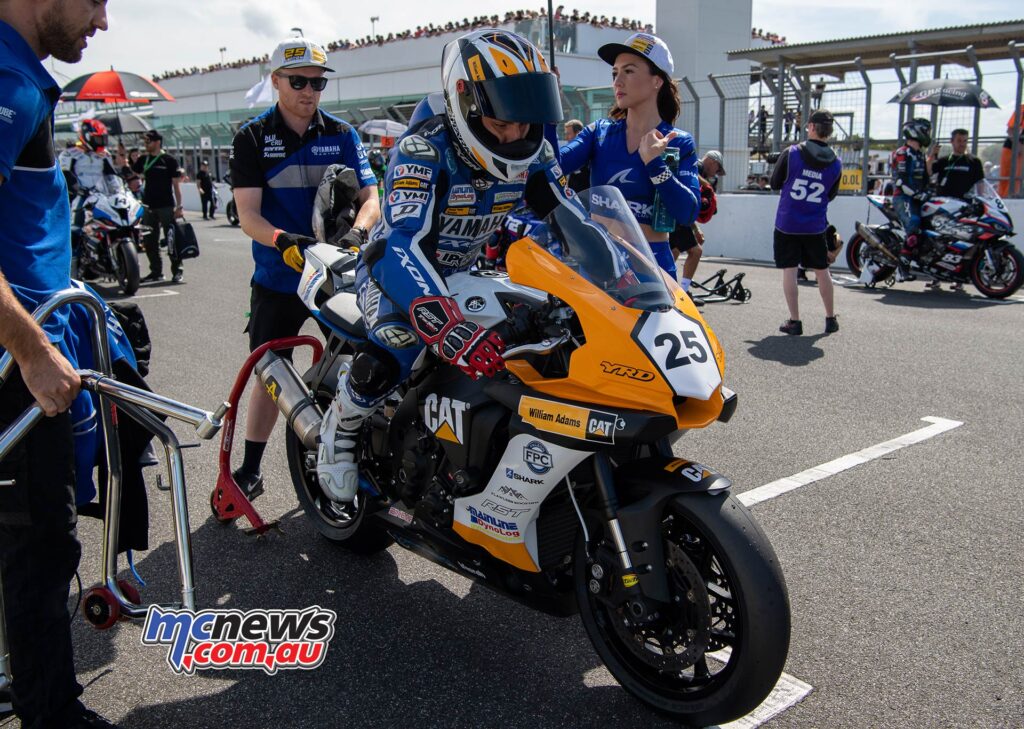
“The YEC ECU is a fantastic package out of the box. It’s a plug’n’play solution that works and performs very highly with minimal development. However, we had used it for seven years, and we were at the end of its capabilities. This is where the MoTeC has taken over. Its capabilities far exceed what the YEC system is able to do, and we’re just scratching the surface with its development.
“We didn’t actually plan on using the MoTeC bike at Round One, it was still very early in its development and Daniel’s injuries are still fresh. But Daniel’s feedback was that it was easy to ride and made for an easier lap for him, so that’s the bike we entered. It turned out to be just what we needed to get him through the races with respectable lap times.
“Obviously we were very happy with the fifth place finish given we only had three days of testing with the MoTeC system before the round. Having said that, it was three days of track testing, and four months of late nights before that. The whole team did exceptionally well to pull everything together before Round One.”
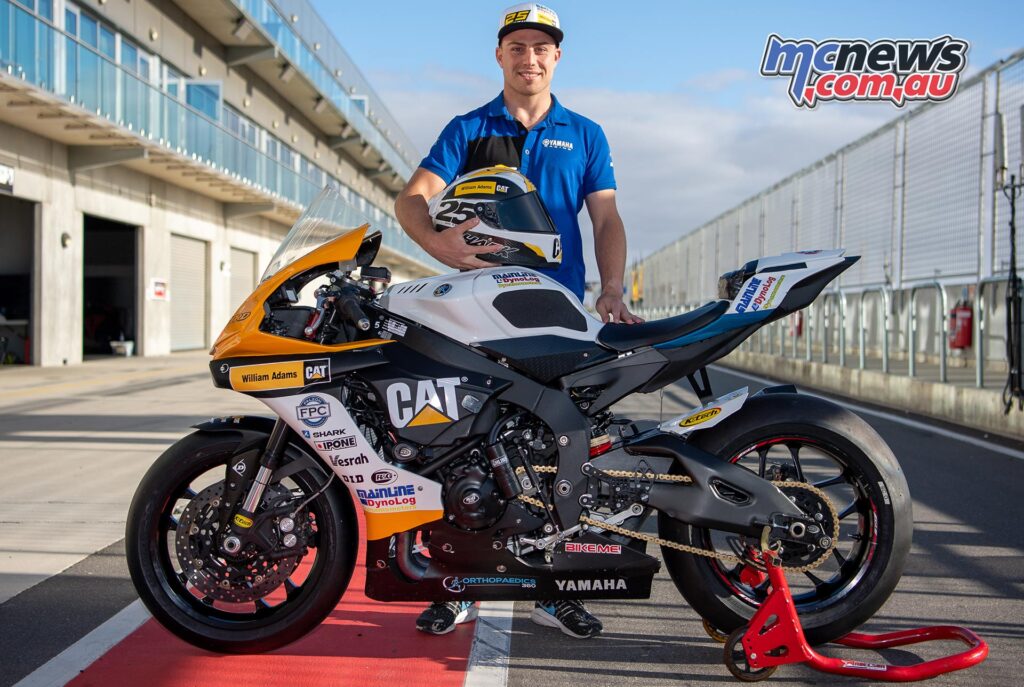
I know a lot of the development was done with Liam (Wilkinson), with Daniel being out of action for so long, but what was Daniel’s initial feedback on the differences?
“Liam has always made a great addition to the JD Racing Team as suspension technician, but he really showed his value last month. Not only does he understand the bike mechanically, but he is reasonably quick on two wheels. He made the perfect test rider to get the MoTeC system from the rather clunky starting place to a refined package before handing the reigns over to Daniel on the second day. Daniel’s initial feedback was how smooth the throttle response was. It was a bit of a proud moment for me because I had developed that ETV map through a bunch of calculations at about 2am the previous night.”
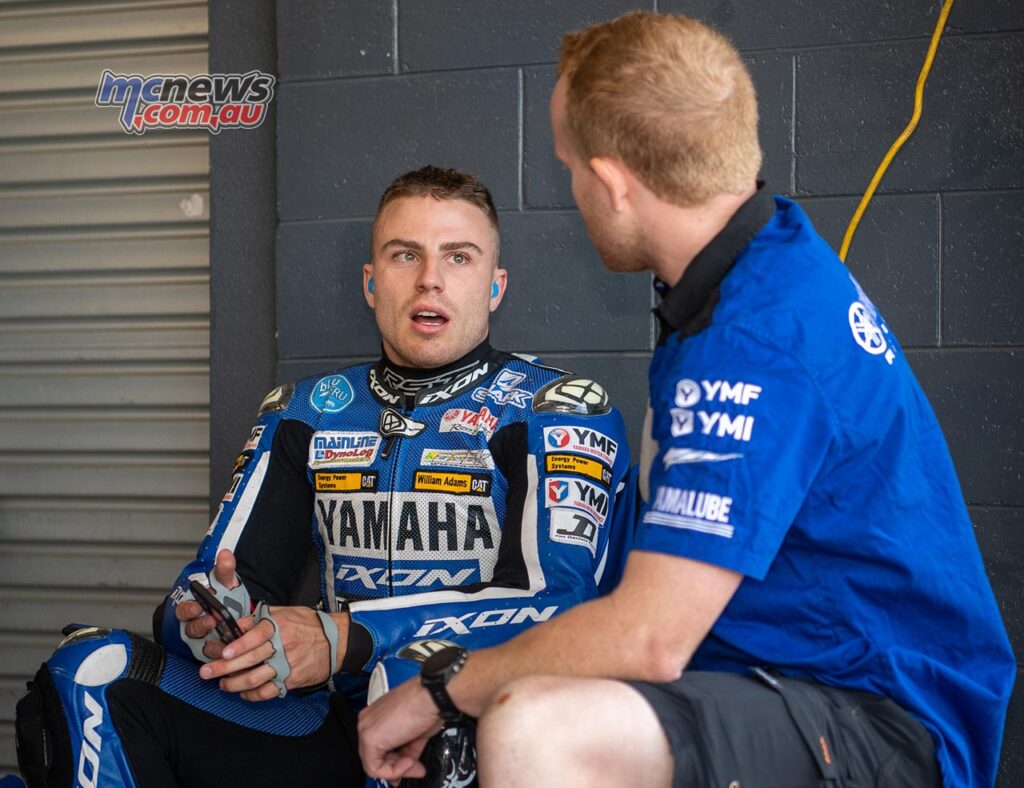
The ASBK firmware allowed with the MoTeC traction control is I believe primarily ignition retard or cut, so it really is still light years behind the Ducati, Honda and BMW kit available to competitors. How does the MoTeC traction control, with the limited capability ASBK spec’ firmware, compare to how well you could tune the traction control of the YEC system?
“The traction control adjustment of the YEC unit is very restricted. It allows for some trim and gain settings to be applied, but with no associated formulas for these, it’s very difficult to know that changes you make are in the right direction.
“The MoTeC system excels in this area as all the background formula are supplied so it’s possible for me as the Team Engineer to know at what rear wheel slip speed the traction control system will start intervening or how aggressively it will react before the bike has even gone out on track. This just takes so much time out of the development process.
“Of course, the performance of complex systems like this one is only as good as the information input into the system, so if your lean angle sensor is reading incorrectly or your tyre dimensions are out, the traction control system simply behave unpredictably.”
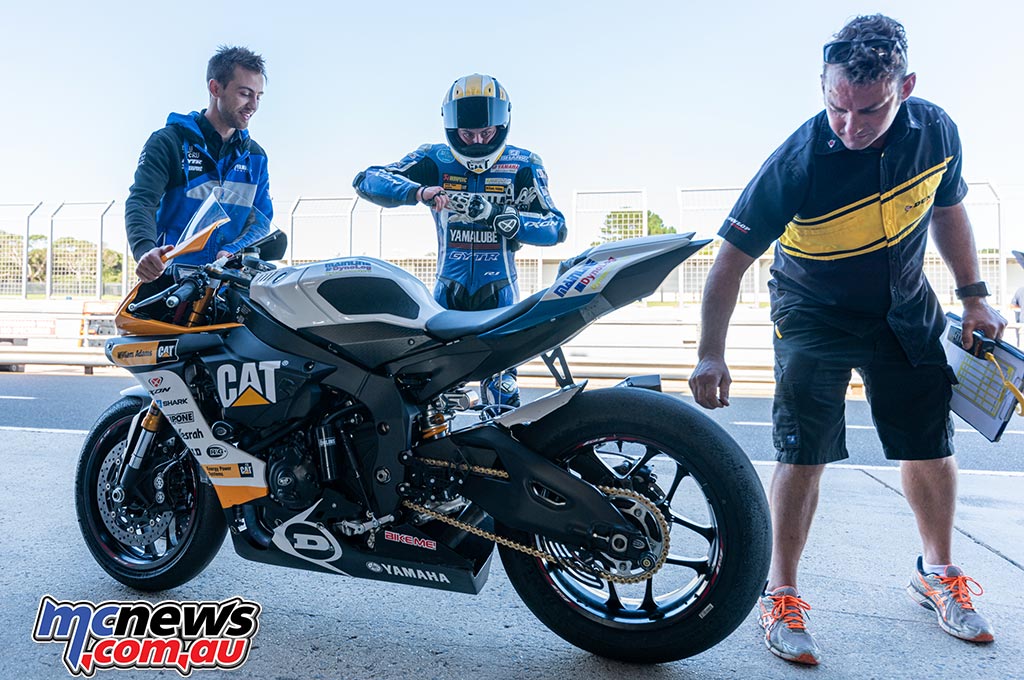
So how did you get that tyre profile information? Did you work with the tyre manufacturers or complete 3D scans of the tyres yourself to arrive at the exact dimensions?
“We did work with the tyre manufacturers for this and have for many years, but that data is just a base. There are too many variables affecting the dimensions from the data supplied to what we see on track, so it provides a starting point, but we need to fine tune it from there.”
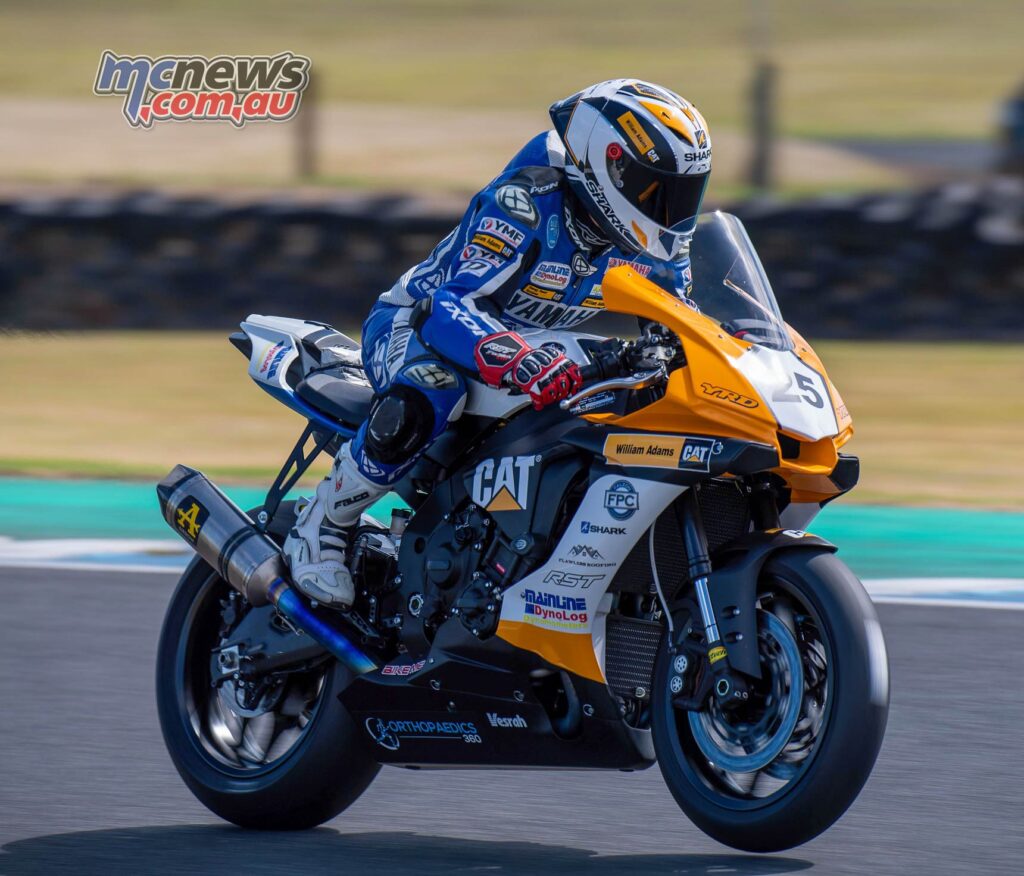
I believe the wheelie control in the MoTeC does use throttle modulation rather than ignition?
“The wheelie control system can be operated in two ways, either it can slightly close the throttle to bring the front wheel back down, or it can perform an ignition cut or retard through the traction control system. The system has proven effective at controlling the wheelie, but I haven’t seen enough data yet to make the call that it provides for a faster lap or not.”
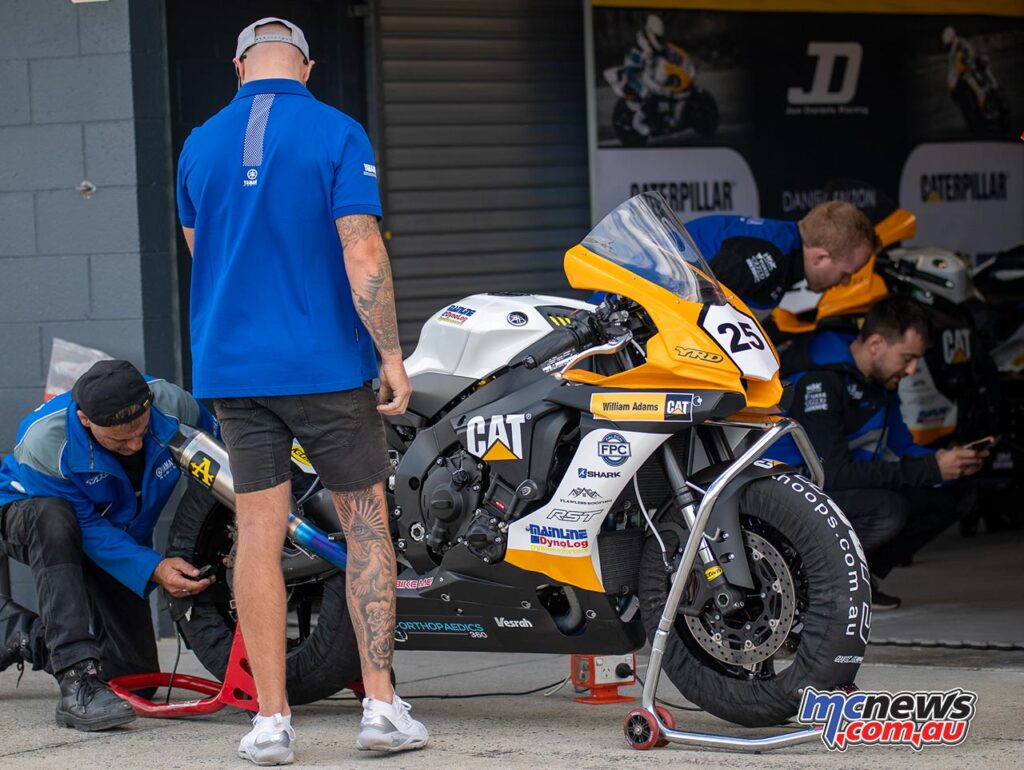
Do you think the ASBK spec’ firmware should open up the full capabilities of the system in regards to traction control? Or do you think we should run like BSB and have all the traction control capabilities locked out of the system? My personal feel that it should be unlocked at this stage, when you are competing against other bikes with a much more sophisticated throttle controlled traction control system, but then we could discuss loking the traction control out if we do move to a full control ECU right across the board on all bikes?
“I have a strong opinion here and probably not one shared by everyone. I consider traction control to be a safety system over a performance system. The sport is dangerous, everyone understands that, but our love for the sport keeps us coming back and looking past the obvious risk involved. We all saw Troy Herfoss go down in Darwin and every single person in that paddock was hoping to see him stand up and walk it off. I understand this was a crash that electronics were unlikely to save, but maybe Daniel wouldn’t have high-sided on the opening lap at The Bend last December if we had clicked his traction control up another couple of levels. He’d be walking very differently today. We have such sophisticated technology available to us that can detect and act faster than the rider can, it would almost be irresponsible to restrict its use.
“I understand the spectators influence and the excitement crashes give to the viewers, but for me, the excitement comes from a close race, not a red flag, so let’s look at the parity between the bikes before anything else.”
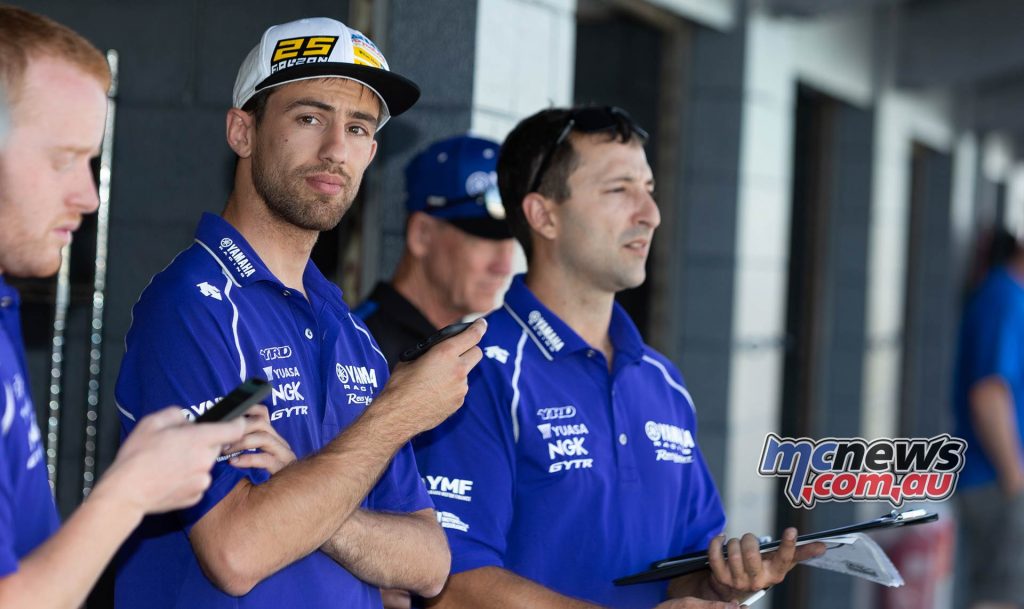
What are your opinions on the potential move to a control ECU across the board for next season?
“I think that for the sake of the championship, it has to happen. At the recent Phillip Island season opener, at the impound after Race 2, I watched Rob (Chief Scrutineer) only have the time and equipment to verify the firmware in one ECU of the 25 bikes. Don’t get me wrong, he does a fantastic job in his role, he’s just facing an uphill battle.
“There are simply too many ECU’s from the MoTeC, to the kit options, to the Flashed OEM gear. It’s just not practical for the scrutineers to have the cables, software and know-how to connect to each of these different electronics packages and determine if it is legal or not.
“If everyone is running the MoTeC M130, it’s a 10-second process to check each ECU. Every bike can be verified before the Impound opens. This only touches on the benefits of a control ECU.
“Parity between machines is more important now than ever where we seem to have one or two bikes separating themselves performance-wise from the rest of the field. While ASBK assures us that the Magneti Marelli and Bosch packages are controlled, there will always be differences and there will always be grey areas, so let’s take electronics out of the parity argument and go to the same electronics package across the board.”
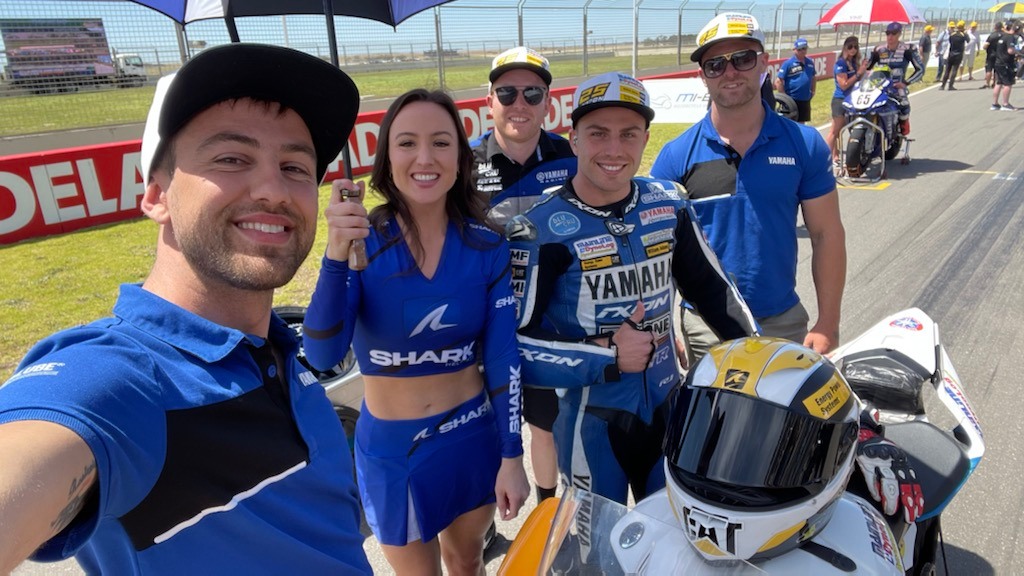
Can you compare the costs for us? Some people are suggesting it is a 20k ask to fit out a Yamaha properly with the MoTeC?
“For us it came out to about $15,000 per bike for our MoTeC system which covered the ECU, loom, sensors and data-logging package. It’s definitely a bit of an investment, but it transforms the race bike from the track day rider to the Australian Superbike level.”
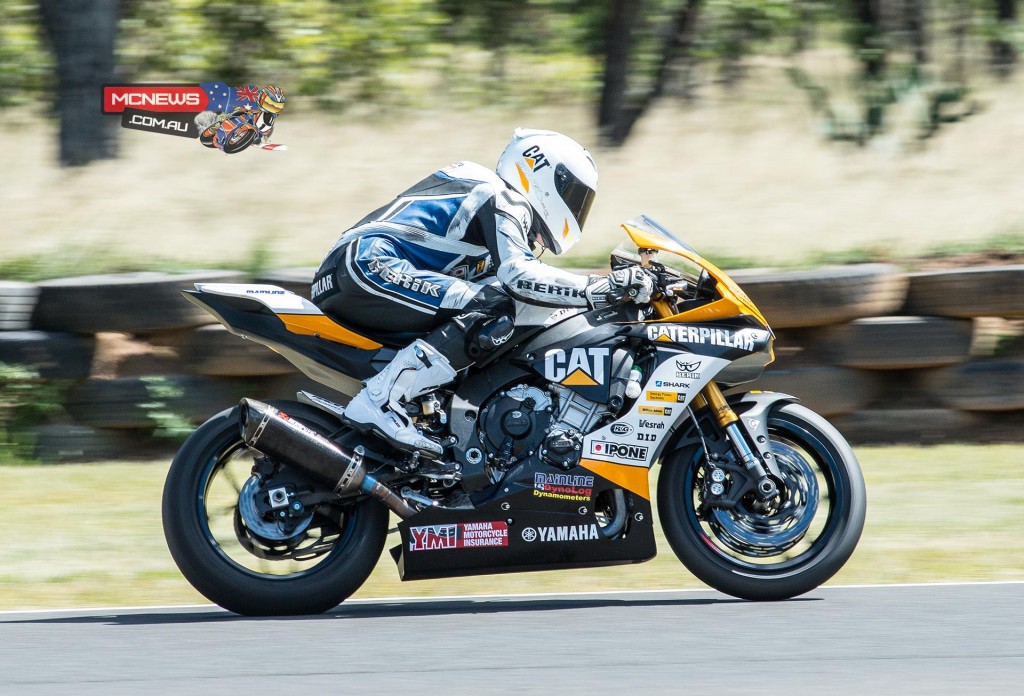
Thanks for your time Jon and we’ll see you at Queensland Raceway!
“At this stage, Daniel is getting married on the Saturday night in Adelaide, but we’re going to do our best to be there!”
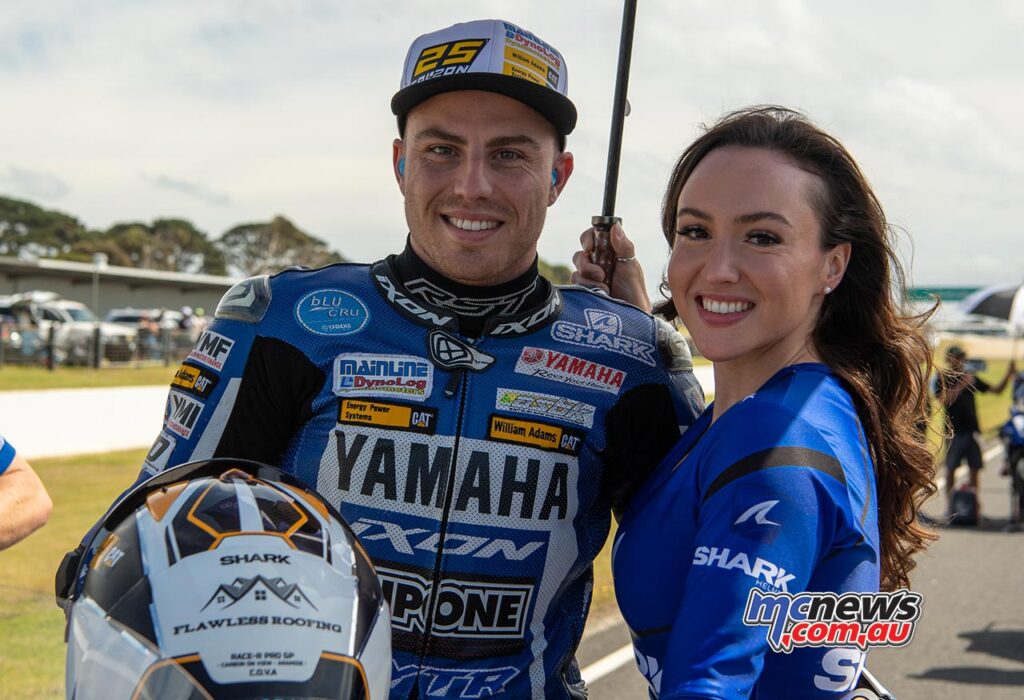
 mi-bike Motorcycle Insurance
mi-bike Motorcycle Insurance
2022 ASBK Calendar
| Round 1 Phillip Island Grand Prix Circuit, VIC 25 – 27 February |
| SBK, SSPT, SS300, R3 Cup, OJC, SBK Masters |
| Round 2 Queensland Raceway, Ipswich QLD 18 – 20 March |
| SBK, SSPT, SS300, R3 Cup, OJC, Sidecars |
| Round 3 Wakefield Park Raceway, Goulburn NSW 22 – 24 April |
| SBK, SSPT, SS300, R3 Cup, OJC, Sidecars |
| Round 4 Hidden Valley Raceway, Darwin NT 17 – 19 June |
| * With Supercars – SBK Only |
| Round 5 Morgan Park Raceway, Warwick QLD 5 – 7 August |
| SBK, SSPT, SS300, R3 Cup, OJC |
| Round 6 Symmons Plains Raceway – Launceston TAS 20 – 23 October |
| SBK, SSPT, SS300, R3 Cup |
| Round 7 Phillip Island Grand Prix Circuit, Cowes VIC TBA – November |
| TBC |
| Round 8 The Bend Motorsport Park, Tailem Bend SA 2 – 4 December |
| SBK, SSPT, SS300, R3 Cup, OJC |
| ASBK Night of Champions Dinner – The Bend 4 December |























